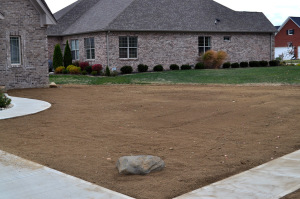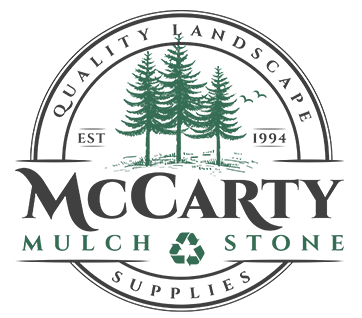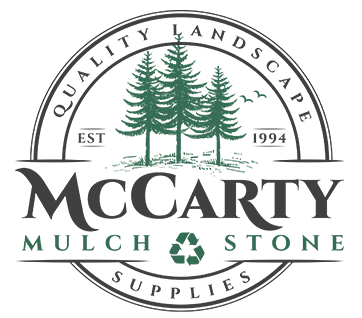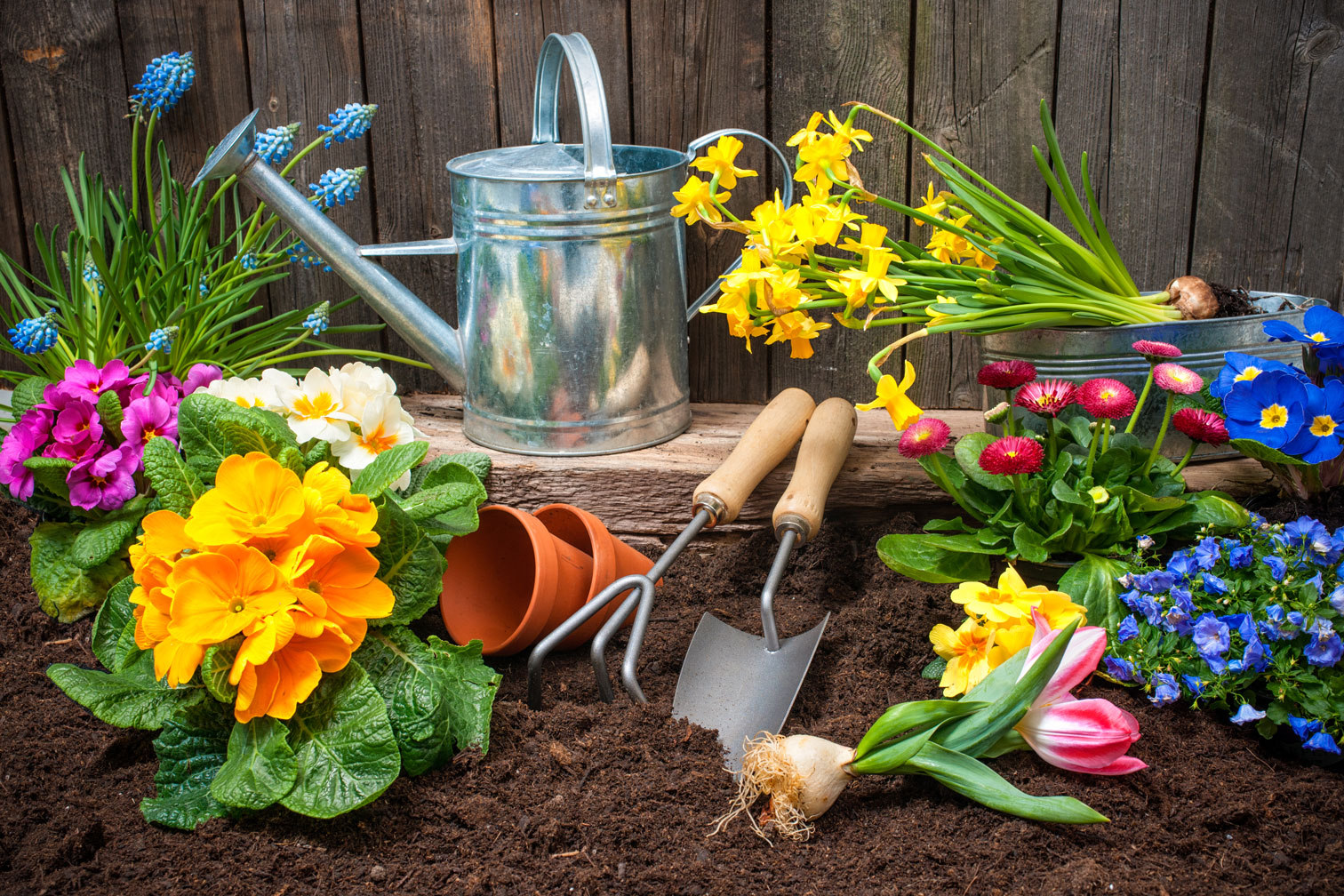Soil, Landscaping’s Dirty Secret
Why is soil type so important?
Soil is a mixture of rocks, minerals, and organic material. The type of soil used in landscaping affects the types of plants and trees that can grow and thrive, but you likely knew that already. What you may not know is it also affects drainage, irrigation, and erosion as well. For example, have you ever witnessed a yard that floods and becomes a small pond during heavy rains? The reason could very well be that the yard is mostly clay and could benefit from a higher sand or silt content with some organic matter added, all of which would increase its ability to drain.
Once you’ve determined the soil types you need for your landscaping, you can easily find local suppliers for bulk soils. If you haven’t made that determination yet, they could likely help with that as well.
What are the types?
Soil is made from particles and is classified by the size of those particles. The three most basic types are clay, silt, and sand. Sand is made up of the largest particles and has the poorest water retention making it the best for drainage. Clay is the opposite of having very small, fine particles that hold water very well and doesn’t drain easily at all. Silt tends to be in the middle and is usually abundant in the nutrients and minerals that plants love.
Some of the less basic types include:
Loam:
Loam is composed of all three basic soil types and is ideal for most plants. The proportions are roughly 40% sand, 40% silt, and 20% clay. Due to being less dense than clay it provides better drainage and air circulation around the plant’s root systems. On the other side, it is heavier and holds water better than sand, and has better cohesion, so it is less likely to be eroded by the wind and rain.
Topsoil is produced commercially and typically contains added nutrients. It’s terrific for starting seeds or growing plants that don’t yet have strong roots such as cuttings and small transplants. If you use topsoil in your landscaping, it is best to mix it with your existing soil by tilling it with the top two or three inches. Just  laying the topsoil on your existing soil can create a water barrier where the two different soil types meet which could cause drainage issues.
laying the topsoil on your existing soil can create a water barrier where the two different soil types meet which could cause drainage issues.
Compost is made up of decomposing or fully decomposed organic materials which makes it nutrient-rich. While not technically soil because it cannot support plants on its own, it is a soil amendment and can be added to clay, silt, or sand to create loam. In landscaping, compost is best when it is tilled into your existing soil. Doing so will enhance your existing soil’s nutrients and reduce soil compaction which aids in drainage and air circulation.
Also, not a soil type per se, mulch and gravel can be added to soil to change its composition, or on top of the soil in a garden to encourage plant growth. Both mulch and gravel can protect soil from erosion and keep the soil cooler preventing water loss from evaporation. As the mulch decomposes, it also benefits the soil by adding nutrients and gravel absorbs heat during the day then releases it at night, which can protect plants from frost damage.
So what type do I need?
That’s a big question that largely depends on what plants you intend to grow, and what is your current drainage and irrigation situation. As we’ve mentioned previously that loam and topsoil are the most common choices and typically the soils that plant love most. This isn’t always the case, however, as some plants do better in sandier soils, while others prefer the solid foundation that clay provides.
Evergreens, Sumac, Trumpet vine, Virginia Creeper, Grevilleas, and Daisies all do well in sandy soils though you may want to mix in compost and cover with mulch to help retain moisture.
Clay compacts tightly making it hard for some plants to develop an expansive root system, but this can form an excellent foundation for Elm, Maple, Cypress, Birch, and Oak. By adding some compost to lessen the compaction and you have great soil for hardy perennials like Daylily, Aster, and Black-eyed Susan.
Anything else to consider?
Soil is literally the foundation for your gardening and landscaping. Without the proper foundation, it can fall apart. Once you’ve assessed your current landscaping situation and have determined your ideal landscape, you can begin to develop a plan to get there, and you’ll almost always start with the soil.
You can determine the soil type you currently have using the jar test mentioned in another post we’ve written about making the best gardening soil, and with that knowledge, proceed to build your ideal soil. Alternatively, you can purchase soil in bulk from a local supplier.
Once you have the soil type you need, you’ll want to understand what your plants need from the soil. Adding fertilizer to the soil is the easiest way to be sure your plants are getting the minerals and nutrients they need. The three most common nutrients that plants use are nitrogen, phosphorus, and potassium. Nitrogen is used to grow sturdy stems and healthy leaves. Phosphorus is vital for flowers and fruits. Potassium is essential for healthy root systems.
Fertilizers are available in organic and inorganic forms, but most contain the above three nutrients. Inorganic fertilizers work more quickly than organic but if misused can kill your plants, and they are not always healthy for the beneficial microorganisms, insects, and worms in your soil. Organic fertilizers are much slower, but safer and better for your soil’s ecosystem. The downside is you cannot balance the nutrients as well as the inorganic.
Finally, you’ll want to buy a pH test kit from your local gardening store. Test your soil to determine its acidity. Ideally, you’ll want a range between 6.5 and 6.8. You can find instructions on how to alter your soil’s pH in the post we mentioned above about making the best soil.




